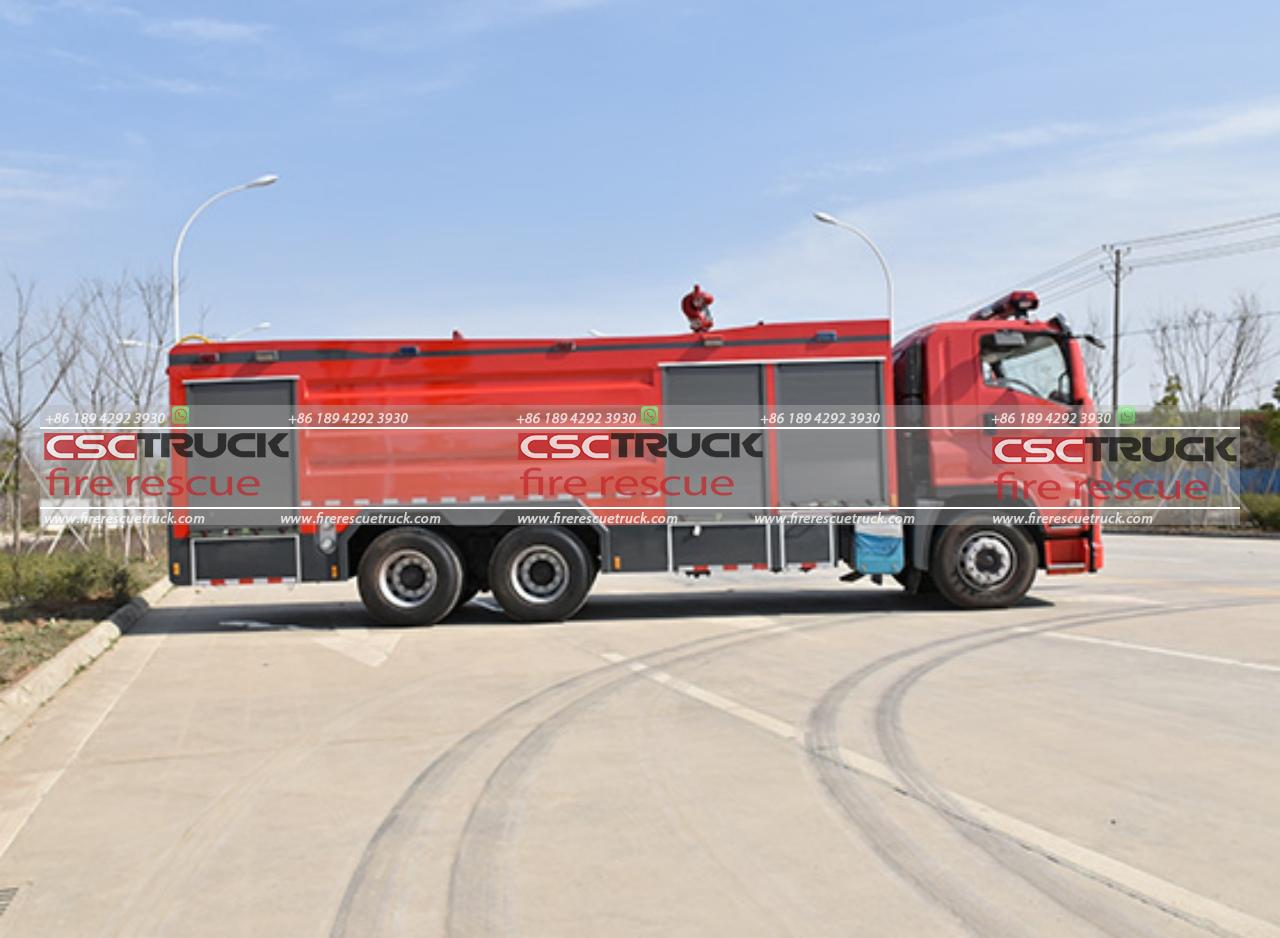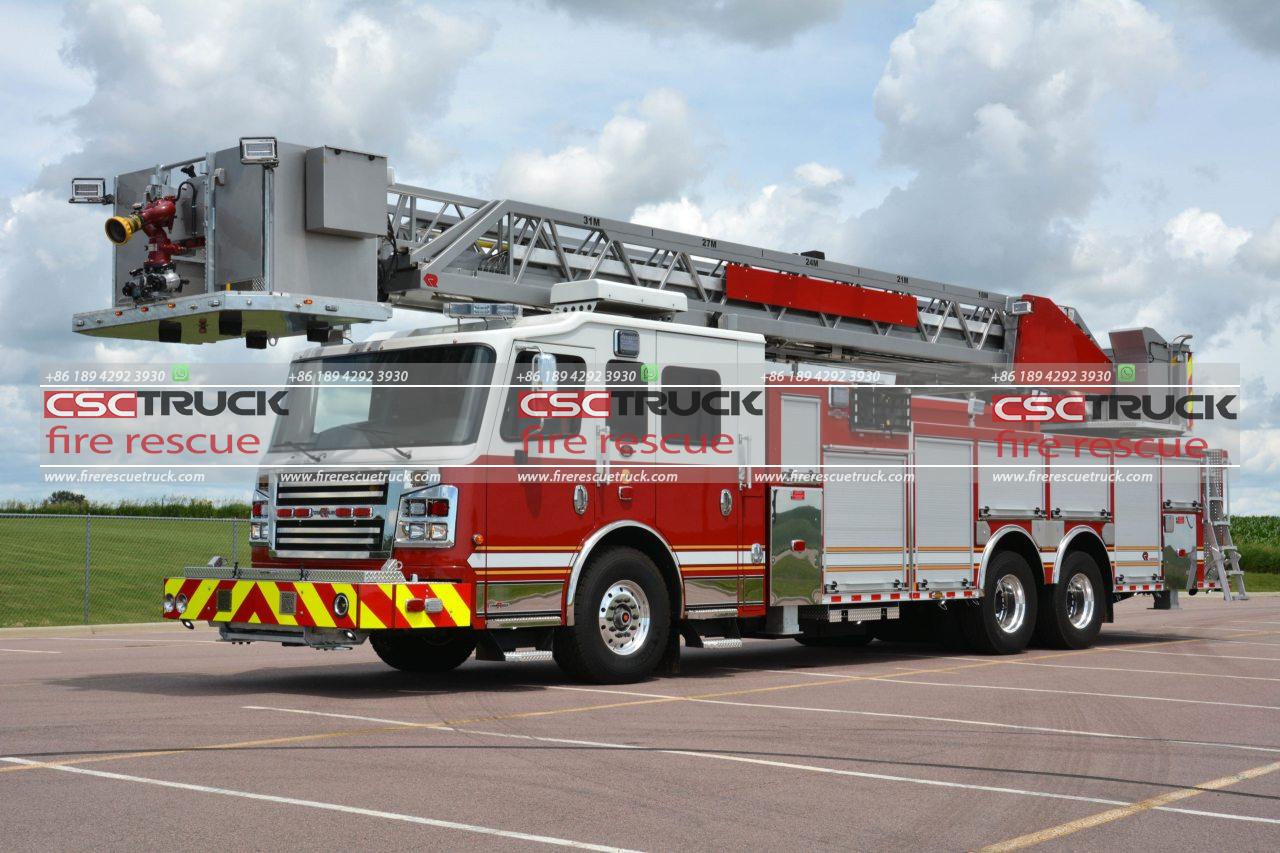India‘s urban firefighting capabilities have taken a significant leap forward with the recent addition of a state-of-the-art Dry Powder Fire Truck from CSCTRUCK Fire Rescue Truck to its fleet. This specialized vehicle is designed to combat fires that traditional water and foam trucks cannot effectively handle, particularly those involving flammable metals, electrical equipment, and chemical hazards.
The new Dry Powder Fire Truck is equipped with advanced technology to dispense dry chemical powder, a crucial firefighting agent in scenarios where water is either ineffective or hazardous. The truck’s innovative design includes a high-capacity tank capable of holding several tons of dry powder, along with a powerful propulsion system to ensure the rapid and precise delivery of the firefighting agent to the heart of the fire.

The introduction of this vehicle into India‘s urban firefighting arsenal comes as cities across the country face growing challenges from industrial fires, chemical spills, and other high-risk emergencies. As urban areas expand and industrialization continues at a rapid pace, the need for specialized firefighting equipment has become increasingly apparent.
Officials from the National Fire Service have highlighted the importance of this addition, noting that the Dry Powder Fire Truck will enhance the safety of both firefighters and civilians during complex fire incidents. This truck, specifically designed to tackle fires involving materials like magnesium, titanium, and sodium, will significantly reduce the risk of secondary explosions and environmental contamination.
The deployment of the Dry Powder Fire Truck is part of a broader strategy by Indian authorities to modernize the nation’s firefighting capabilities. It underscores India‘s commitment to adopting cutting-edge technology to protect its rapidly growing urban centers from the increasing threat of industrial and chemical fires.







